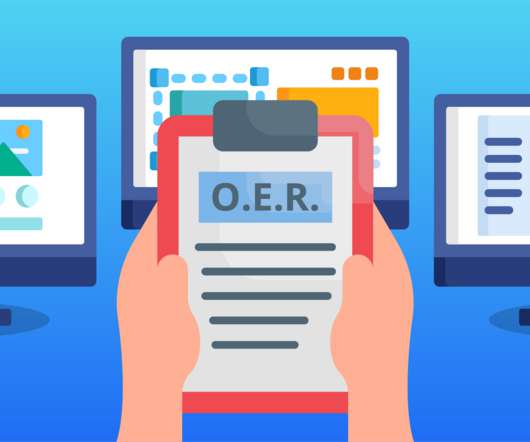How to develop K-12 open educational resources
Hapara
AUGUST 8, 2022
When you build your own, you can differentiate instruction and support every student with the specific learning content they need. Because these resources are open to use, when you share an OER, other educators across the globe can access it and use it in their classrooms. Developing K-12 OER that are accessible online.














Let's personalize your content